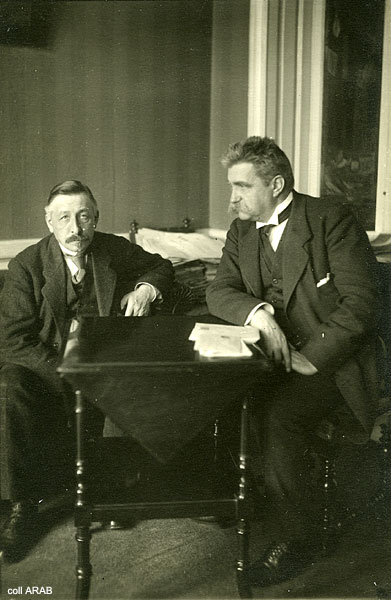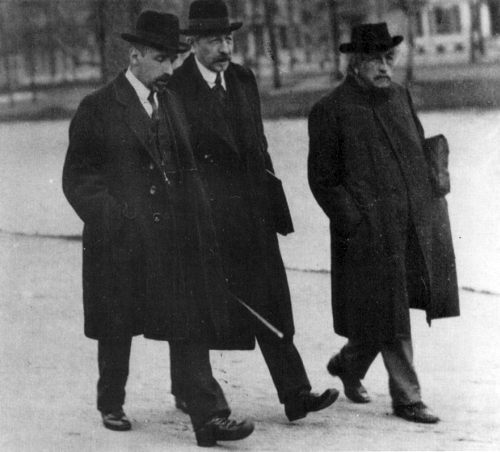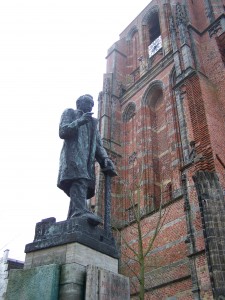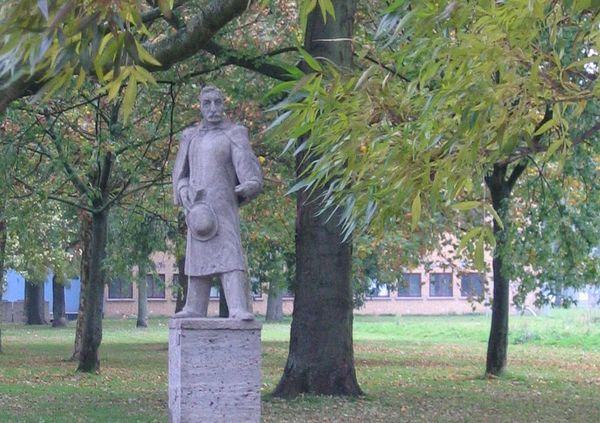<Back to Index>
- Physicist Karl Alexander Müller, 1927
- Writer Pietro Aretino, 1492
- Founder of the Social Democratic Workers' Party Pieter Jelles Troelstra, 1860
PAGE SPONSOR
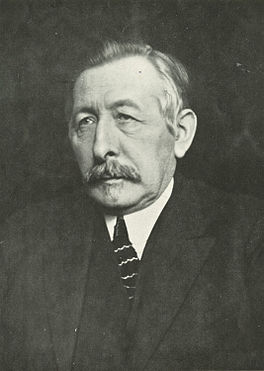
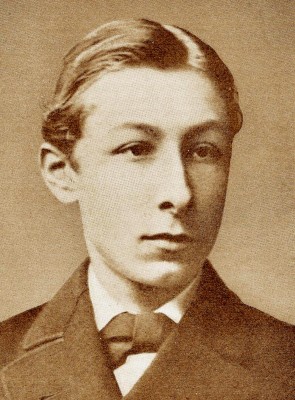
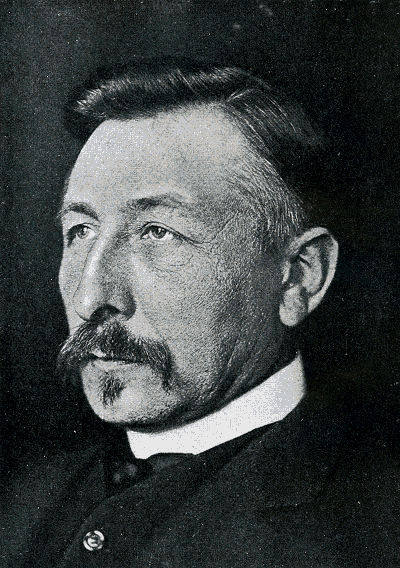
Pieter Jelles Troelstra (Leeuwarden, 20 April 1860 – The Hague, 12 May 1930) was a Dutch politician active in the socialist workers' movement. He is most remembered for his fight for universal suffrage and his failed call for revolution at the end of World War I. Troelstra was married from 1888 until 1904 to Sjoukje Bokma de Boer, who was a well known children's book writer under the pen name of Nynke van Hichtum.
Troelstra was born in Leeuwarden on April 20, 1860 as the son of a liberal tax inspector. He was an ethnic Frisian, and his name is styled in the traditional Frisian way: first name ("Pieter", because of his Frisian writings often also written as "Piter", as it is spelled in Frisian), patronymic ("Jelles", meaning "son of Jelle"), family name (Troelstra).
He went to read law at the University of Groningen. When he was finished he settled in Leeuwarden as a lawyer. He got into contact with politics and the workers' movement through a Frisian movement, later to be known as the Friese Volkspartij (Frisian People's Party). He had originally joined this movement because of his poetry and interest in the West Frisian language. Through the movement and his work as a lawyer, he got into the social democratic part of this wide movement.
In 1890, Troelstra joined the Sociaal - Democratische Bond (Social - Democratic League, SDB), an early Dutch socialist movement under the leadership of Ferdinand Domela Nieuwenhuis. In time, he got into conflict with the anarchist tendencies of the movement. When in 1893 the SDB took a decisive anti - parliamentary stance, Troelstra no longer believed it could do any useful socialist work. After trying to get some members of the SDB to join him, he was one of the twelve men who started the Sociaal - Democratische Arbeiders Partij (Social - Democratic Workers' Party, SDAP) in 1894. Unlike the old SDB, the SDAP was more like its German counterpart, then still also named the SDAP, which was taking a more reformist
course, trying to get social law implemented, while still keeping the
ideal of revolution up. Troelstra
was inclusive in his outlook. As leader of the Parliamentary faction of
the SDAP, he did not insist upon a tight party line. This permitted a
period of harmony within the SDAP between 1894 and 1900. Both within and outside parliament, the SDAP proved to be a powerful force, despite their relatively small representation in the House of Representatives.
However, the socialist felt a moral advantage because parliament could
hardly be said to be an accurate representation of the people and they
used their possibilities to the full, among other things by filibustering (each
representative had an unlimited speaking time). When, in 1911 a
majority of parliament even refused to vote on an SDAP motion, the
anger of the party was expressed by one of its most fiery speakers, J.H. Schaper: In
that case, the inkwells will fly through the room. [...] I cannot be
held accountable for anything. I assure you, we will start throwing
chairs. This
antagonism between the SDAP and more conservative forces would cause
bitterness for a long time afterwards, and also explains much of
Troelstra's actions. Troelstra's biggest political issue was universal suffrage in the Netherlands.
This struggle reached its climax in 1910 - 1913. After electoral success
in the 1913 general election, the SDAP under Troelstra's leadership was
offered a place in a coalition government. This proposed coalition
had plans for universal suffrage but a party congress renounced such a
close co-operation with its traditional enemy. Some MPs such as the
SDAP's co-founders Vliegen and Schaper, were very distraught over what they saw as a tactical disaster. Vliegen wrote in 1934: I
have never been able to prefer a government without social democrats
over one with them, as evident as it may be that one cannot entertain
all company. I still think that the refusal to accept government
responsibility in 1913 is one of the most significant errors the SDAP
ever made. There
is evidence to suggest that Troelstra himself was rather relieved; he
had only reluctantly supported the request for government participation. Universal suffrage eventually did come to be in the
Netherlands in 1917, under the leadership of the liberal minority
cabinet of Cort van der Linden. Inspired by the Russian Revolution of 1917 and the German Revolution of
1918, Troelstra made one of the moves that would guarantee him a place
in parliamentary history: the proclamation of the socialist revolution
in November 1918. There was already talk of possible revolutions in Great Britain and France. The poverty that resulted from the World War I, and the Spanish flu epidemic of 1918 had struck the lower class hard (also in the Netherlands). And
now there was unrest in the Netherlands as well. In military camp
Harskamp soldiers had started a revolt, which spread to a dozen other
camps. This had nothing to do with politics, but the Russian revolution
the previous year had also started like this. And there was such unrest
among the workers in Rotterdam that
a strike was likely. On 5 November, Troelstra warned parliament for
what might come. Right wing politicians also started thinking a
revolution was unavoidable. On 9 November, the German emperor Wilhelm II abdicated
(and fled to the neutral Netherlands), a sign of the crumbling
hierarchy, upon which a revolution in Germany seemed imminent. The
mayor of Rotterdam saw what might come and called a meeting with
socialists to ensure that, in case of a revolution, essential
facilities like gas and water plants were left alone. The government
had a similar meeting. On 10 November, members of the SDAP who were at
first sceptical now believed that a revolution was indeed possible. The navy in Den Helder decided
to disarm the sailors because there was too much unrest among them. The
socialist party RSC organised a meeting with mainly soldiers, who
next marched on a military barracks to seek support, but were shot at,
resulting in 3 dead and 18 wounded. On
the argument that the revolution would not stop at the border,
Troelstra suggested that power be transferred to the SDAP. A program of
changes was drawn, including women's suffrage, an 8 hour working day, abolition of the Senate,
nationalisation of appropriate companies and a state pension at the age
of 60. But the party thought the time was not ripe and did not allow
him to go any further — which he ignored. On
11 November, Troelstra proclaimed the revolution, during a debate about
the general Snijder's suppression of the Harskamp revolt. A government
committee had advised the dismissal of Snijders because he "had proved
unable to grasp the spirit of the new age". Snijder's departure was
being stalled, however, according to rumours due to the personal
involvement of the Dutch Queen Wilhelmina. At a certain point, Troelstra took the stage, and in the words of the later Dutch prime minister Drees: But
the government had already started a counter - campaign (including
posters and the spreading of 500,000 pamphlets) telling people that the
revolutionaries formed a small minority. This caused the
'Orange - movement' (oranjebeweging), named after the colour of the royal
house because it played on national and loyalist sentiments. Many
people that were not monarchists (like Roman Catholics and moderate
socialists) joined the Orange movement because they felt a socialist revolution went
too far. Trustworthy sections of the army were mobilised and sent to
Rotterdam, Amsterdam and The Hague and vigilante patrols were
installed. On 12 November, Troelstra held a long speech in parliament.
But the moment had gone. The revolution did not take place. This has come to be known as Troelstra's Mistake (Troelstra's Vergissing).
It has been said that the Dutch did not really want a revolution. But
others claim the potential leaders just were not prepared and did not
seize the moment. The SDAP was divided and when they united they did so
too late. The most active players in all this were the
'counter - revolutionaries' (the authorities). A symbolic act would have
been needed, like occupying the city hall in Rotterdam, the centre of
unrest and an SDAP stronghold. After
all this Troelstra was broken and stayed at home, but at a party
conference two weeks later he was received with a standing ovation.
Although he could defend the position that the party had never had
actual plans for a coup, his reputation had taken irreparable damage, both within and outside the party (if not among party grass roots). The
SDAP would not be re-invited to form a government until the national
cabinet of 1939. But the establishment and the political right wing had
gotten a fright. The next cabinet, under Hendrikus Colijn,
although right wing, started social reforms to take away discontent
which might give the socialists further support. Despite this (or maybe
to some partly because of this), Troelstra was and still is seen as an
inspirational figure for many in the Dutch workers' movement. He
withdrew from politics in 1925 and devoted much time, despite ever
declining health, to dictating his memoirs to his secretary, the later Amsterdam alderman Herman Wiardi Beckman. These memoirs (Gedenkschriften),
which appeared in four volumes ('Genesis', 'Growth', 'Surf' and
'Storm') after 1925, almost became part of the furniture in the house
of many Dutch workers, further testimony to Troelstra's reputation
among his followers. Peter Jelles Troelstra died on May 12, 1930 in The Hague. To this day the The Hague section of the PvdA, the successor of the SDAP, celebrates labour day at a monument to Troelstra.
